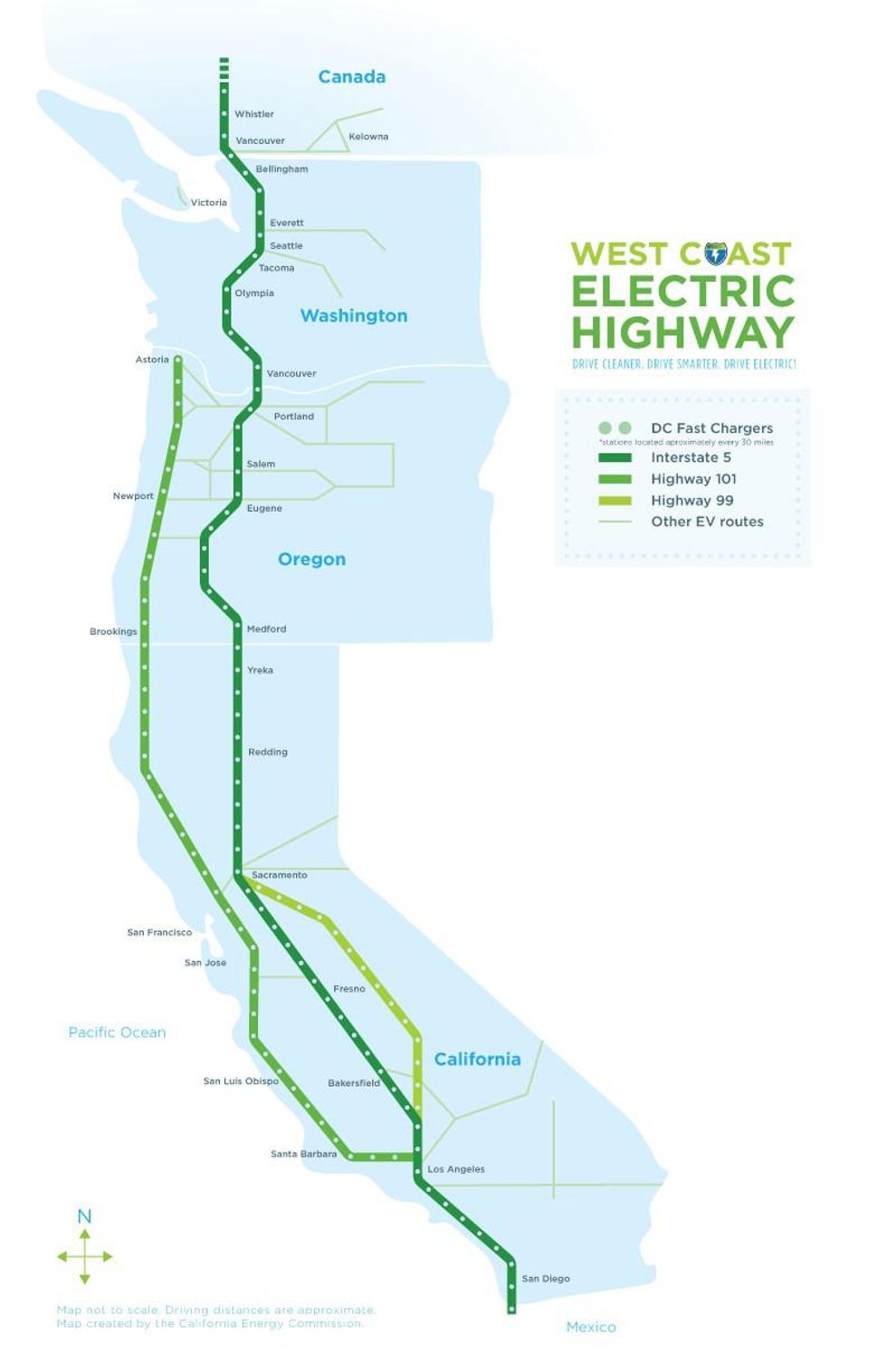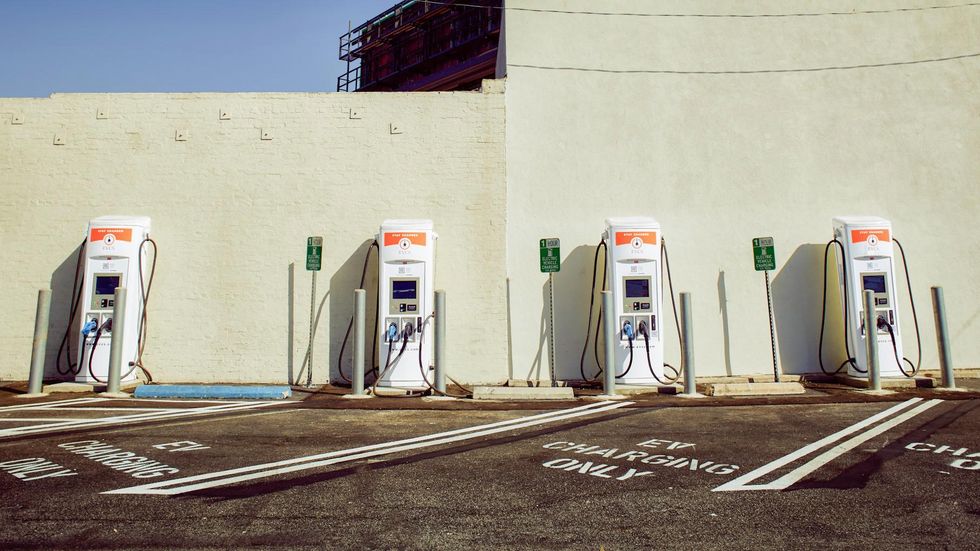LA’s Largest EV Car Sharing Program Is Expanding, and Letting Other Cars Charge at Its Facilities
It ain’t easy being a charging company…or at least a lot of them aren’t making it look easy. Between reports of abysmal charger uptime, declining stock values, lack of standards and meaningless jargon (is “hyper” really faster than “ultra?”), the race to electrify America’s roads has been a bumpy one. For Miami-based Blink Charging, however, the solution to smoothing the transition may be about becoming more than just a charger company.
In 2018 Blink won a grant from the California Air Resources Board to pilot a car sharing program specifically targeted to low-income neighborhoods in Los Angeles. Under the project name “BlueLA,” the program has been helping put Angelenos into EVs—Chevy Bolts, specifically, with a pricing scheme that often comes out to just a few cents per minute.
The company has 40 locations around the city (with plans to expand to 300 by the end of 2024) where residents can pick up the vehicles and return them for charging. For now, these chargers only work with the Blink vehicles, and the vehicles only charge at their assigned charger location, but Blink is planning to fix both of those issues soon. In the future, users should be able to charge the car anywhere, and anyone should be able to charge at the Blink Charger so long as it’s not already occupied.
Blink has various pricing schemes depending on the length of the contract, which can range from hours to weeks. Disadvantaged residents save 25%, and for now, that discount is given mostly on the honor system.
“They self-identify based on income. We don't go through an arduous verification process,” says Brendan Jones, president at Blink Charging. “But if you put [the info] in and your driver’s license says, ‘Beverly Hills,’ we're going to question if you're really disadvantaged.” There are some automated checks in place to spot this kind of thing, but mostly, Jones says, it hasn’t been a problem.
The BlueLA program has effectively allowed Blink to expand into the mobility space, where the company can leverage its charging expertise and EV know-how into a new revenue stream. That’s the kind of thinking that Jones says the industry needs more of.
“We know that from a long-term business perspective, in order to make it really work, we need to generate revenue from two sources: Utilization of the chargers, and then utilization of the vehicles through memberships,” he says.
Blink Charging is exploring a number of similar “ancillary revenue streams,” according to Jones. The company is tight-lipped about the specifics, but he mentioned energy management systems, batteries, and solar, mobility solutions, even hinting that Blink may well be expanding into some of those other areas soon. Charging companies, he says, need to leverage their experience with battery tech and EVs to generate business greater than just building and operating the charger itself. In the future, especially, when there’s less government and private money flowing into the sector, charging companies may need to think about owning a piece of the EV ecosystem rather than just the hardware.
For now, Blink Charging remains in the growth stage. It's been publicly traded since 2018, and like much of the charging industry, its stock, BLNK, has taken a beating in 2022, and is down 46% YTD. Its Q3 financials do show some promising signs, however, with quarter-over-quarter revenue steadily increasing, and Jones says the company is working on projections as to when it might turn EBITA (Earnings Before Interest, Taxes, and Amortization) positive. If Jones is right, expanding the charger network and building ancillary revenue streams like BlueLA will be crucial to that effort.



 Courtesy EVCS
Courtesy EVCS